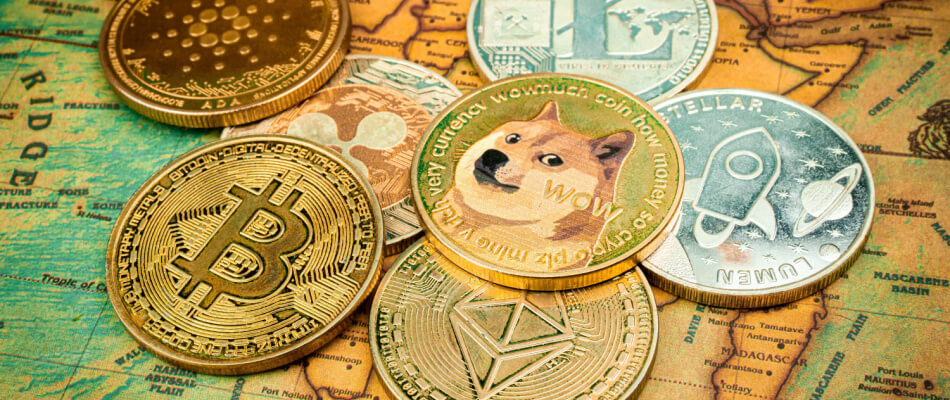How cryptocurrency works
Cryptocurrency , also known as cryptographic currency, is encrypted money. But what does that mean? We all know the euro and the dollar as currencies. Nowadays, digitalization makes it possible to do away with the disadvantages of traditional payment methods via the internet. Simply put, you can consider cryptocurrency or crypto money as internet money. Just like with traditional payment methods, there are also different currencies or cryptocoins on the internet. In this article you can read more about how cryptocurrency works.
Bitcoins
You undoubtedly know the most famous cryptocurrency in the world: Bitcoin. Bitcoin is known for being able to make anonymous payments, but is also often mentioned in cases where cybercriminals use it to get paid by their victims. There is some truth in both statements. The Netherlands Authority for the Financial Markets (AFM) therefore warns about the risks of investing in virtual currencies.
Explaining how cryptocurrency works can best be done by trying to understand the technology behind cryptocurrencies such as Bitcoin. The innovative aspect of these payment methods is that there is no central authority that issues and/or manages the currency: it is a completely decentralized currency.
Intermediary
When you traditionally transfer money, it always passes through an intermediary or institution (a third party such as a bank). Cryptocurrency works differently because you can transfer cryptocurrency money directly to someone, without the intervention of a third party. The advantage of this is that transactions are carried out much faster and cheaper, wherever you are in the world. Cryptocurrencies such as Bitcoin should also be completely fraud-proof in principle.
The workings behind cryptocurrency: Blockchain
To understand how cryptocurrency works in practice, it is important to understand how the blockchain, the mechanism behind internet currencies such as Bitcoin, works. The blockchain is a kind of database in which all online transactions are recorded, a kind of digital logbook. Unique is that it is not a central database. This database is constantly copied and updated, across all users of this service. So you do not have one database, but millions of versions that contain the same data, a chain of databases, as it were. This mechanism makes this type fraud-proof.
If a hacker were to try to change a transaction in a database, it would only be executed in one place. This would not have many (major) consequences because there are millions of duplicates of the blockchain database in circulation. The blockchains synchronize changes among themselves, whereby it would be detected that there is a difference between the databases for a certain transaction. Most would reject this change because of that difference with the other blockchain databases. Hacking millions of databases at once is almost impossible and this mechanism in combination with encryption makes fraud virtually impossible. Cryptocurrency uses mathematical cryptographic encryption. This makes crypto reasonably safe .

Future
The mechanism of the decentralized blockchain is a clever piece of technology and can be used for many things in the future, things for which we still rely on a third party. For example, we still rely on the bank to manage certain things. We also trust a notary as a third party for the decentralized storage of, among other things, employment contracts and all kinds of contracts.
Nowadays, blockchain technology is also being used in elections, for example. Where we traditionally indicated our choice on paper with a red pencil, we can now vote digitally. The votes are stored in a blockchain and the decentralized design of this system means that the results cannot be tampered with. In this way, bureaucracy can be reduced at certain companies, municipalities and governments, as fewer human control mechanisms are needed. Blockchain technology is still in full development and still has a promising future ahead of it.
Compare brokers and start investing in cryptocurrency
Are you excited about investing in cryptos after reading this article about how cryptocurrency works? Use our comparison tool and find the broker that suits you best!